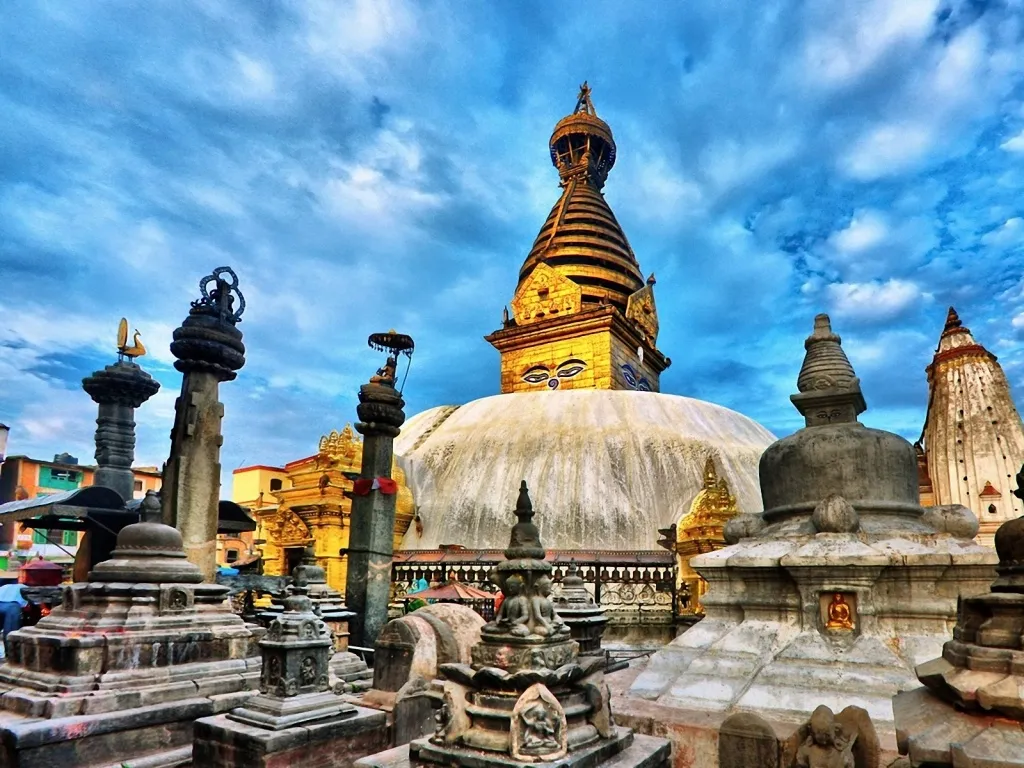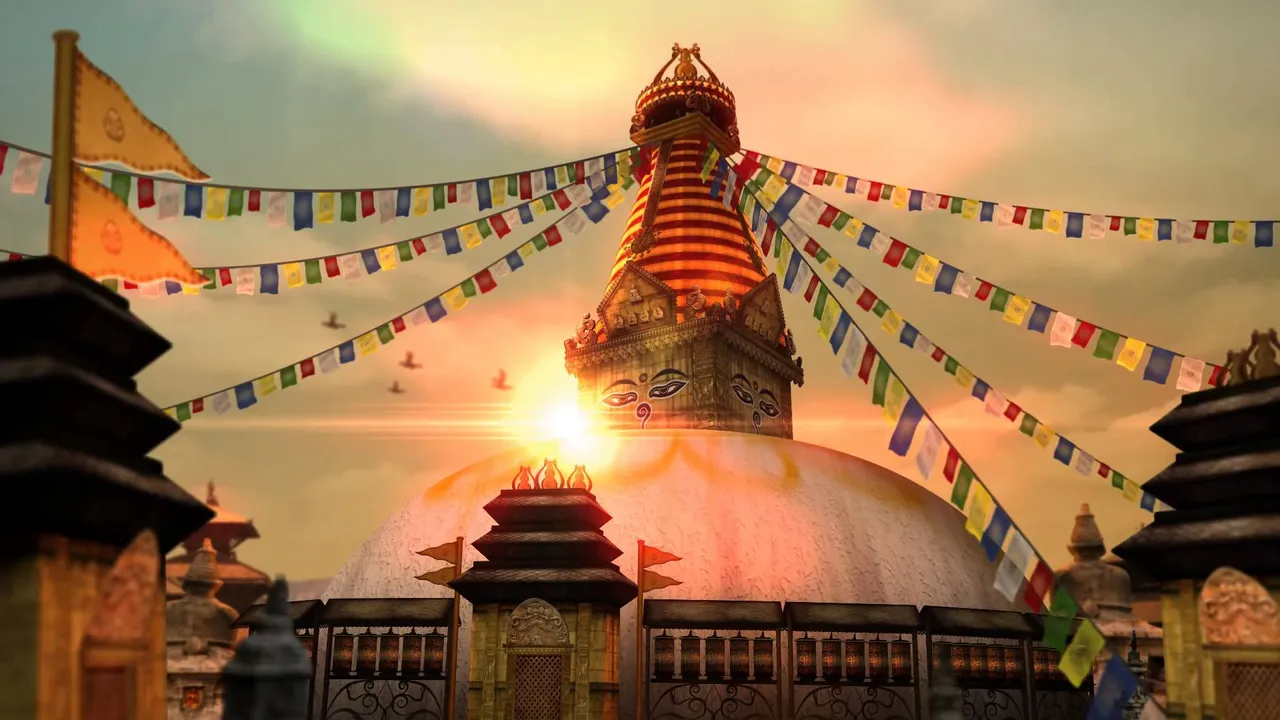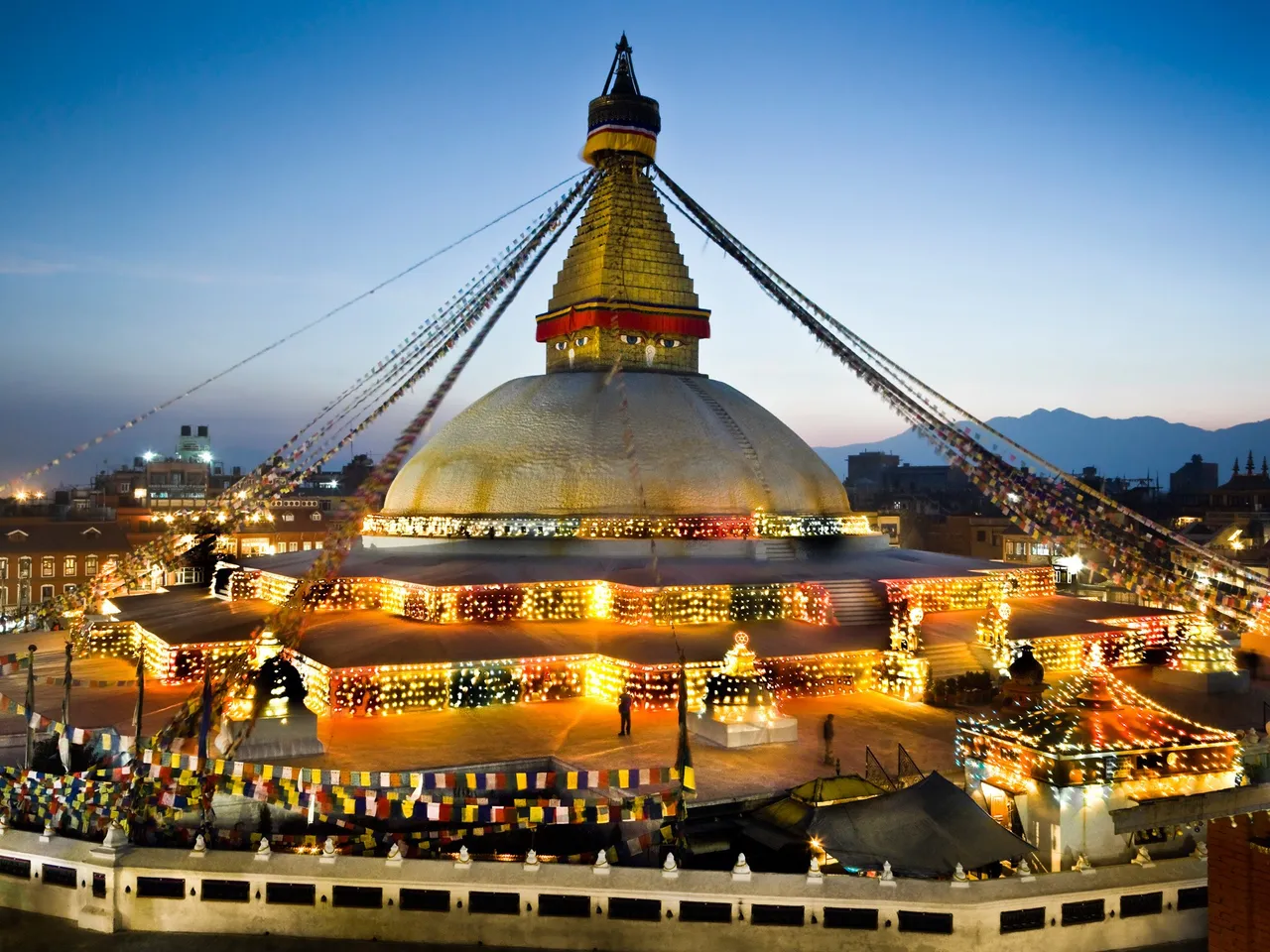Here is my submission for the #architecturalphotography organized by @juliank. Swayambhunath is an ancient religious architecture atop a hill in the Kathmandu Valley, west of Kathmandu city.

The stupa consists of a dome at the base, above which is a cubical structure painted with eyes of Buddha looking in all four directions. There are pentagonal Toran present above each of the four sides with statues engraved in them. Behind and above the Torana there are thirteen tiers. Above all the tiers there is a small space above which the Gajur is present. The stupa has many artifacts inside it.

This style refers to multi-roofed structures with wide eaves supported by carved wooden struts. Windows, either latticed or grilled, are usually projecting, while the roof is generally topped off by triangular spires enclosing an inverted bell of stucco or burnished gold. The pagoda style shows the finest specimens of the architectural genius of Nepal. The style was later adopted in China and from there spread to other Asian countries. For this, the tribute goes to a young architect-sculptor-painter named Balbahu, (or Ar-ni-ko as the Chinese call him), who led a delegation of eighty Nepalese artists to Tibet during the late 13th century at the invitation of the Chinese Emperor Kublai Khan.

The Swayambhu and Baudhanath Shrines are Nepal's first examples of stupa or Chaitya style. This style is purely Buddhist in concept and execution. The outstanding feature of stupas is a hemispherical mound topped by a square base supporting a seried of thirteen circular rings. Narrowing towards the top these are crowned by parasol. The four sides of the square base or the harmika, as it is called, are painted with pairs of mystic "all-seeing eyes." The stupas in Patan, said to have been built by King Ashoka, are considered to be the most ancient stupas of Nepal.